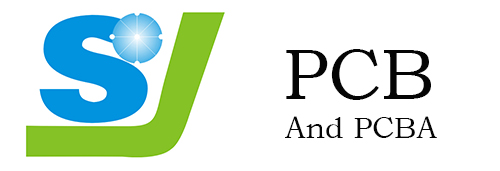Standard Through Hole Size
PCB manufacturers have their own set of standard hole sizes to choose from when drilling, but they can usually use any standard hole size. In general, PCB manufacturers can make the diameter of PCB through-holes less than 0.15mm, while the normal size is 0.6mm.
PCB hole size requirements
This is an in-depth study of size requirements.
PCB hole size
The size of a PCB via hole depends on its location, usage, and other factors, which is why each PCB manufacturer offers several PCB bit sizes. Most manufacturers can make holes as small as 0.15mm or larger and 1mm or larger. When considering the size of the required hole, you also need to consider the ring or copper pad that will form around the hole.
How did you calculate the ring? The ideal ring is equal to the diameter of the copper pad minus the diameter of the drilled hole divided by 2 so that the drill has the best chance of hitting the center of the copper pad for optimal connectivity.
pcb via
Standard Through Hole Size
In PCB manufacturing, it is not necessary to have any standard PCB through hole size, because the standard PCB through hole size often varies from one PCB manufacturer to another. However, many PCB manufacturers prefer to use a common bit size, which they may refer to as a standard PCB bit size. One of the most common sizes is 0.6 mm, but 0.2 mm and 0.3 mm are also commonly used.
PCB via type
You can use each standard via size to create various types of PCB vias, depending on the layers, construction, design and purpose of the PCB. The three most common types of PCB vias are:
Plated Through Hole
A plated through hole (PTH) is a via that runs through all layers of a PCB, connecting the top and bottom layers. You should be able to see the PTH going from one end of the PCB to the other. PTH can be plated or unplated.
Non-plated through holes do not conduct electricity, while plated through holes are plated, which means they conduct electricity in all layers of the PCB.
Blind vias connect the outer layer (top or bottom) of the PCB with the inner layer, but cannot be drilled completely. Precisely drilling blind vias is challenging, so they are typically more expensive to manufacture than PTH.
Embedded
Embedding holes also add to the cost of the PCB because they are difficult to manufacture. These holes are located on the inner layers of the PCB and are used to connect two or more inner layers. You cannot see the buried material on the outer layers of the PCB.
The above is the detailed introduction of PCB standard through hole size, I hope it can help you!



